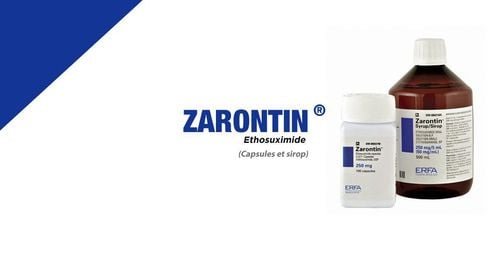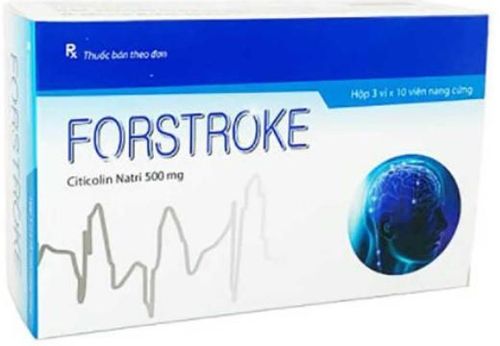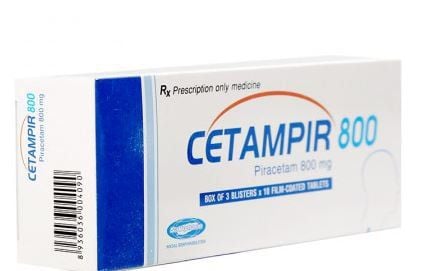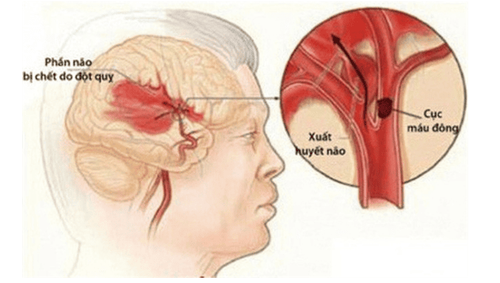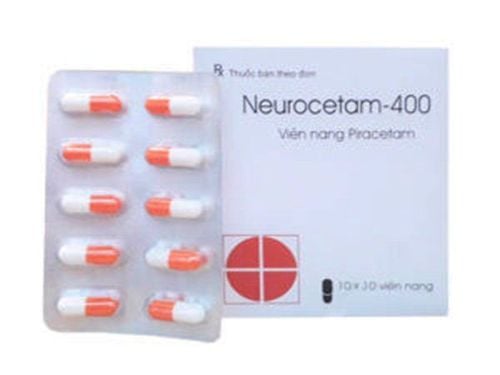This is an automatically translated article.
In a 2010 study, researchers said that after being hospitalized for stroke treatment, women are often slower to recover and more likely to have serious complications than men. It is theorized that the cause of this condition is the unconventional symptoms experienced by women only, causing delays in diagnosis and treatment. Through this article, let's learn about stroke symptoms in women that we don't know.
1. Is stroke common in women? Around the world, about 800,000 Americans suffer a stroke each year. This condition occurs when a blood vessel ruptures or a blood clot blocks it, affecting blood flow to the brain. Every year, about 140,000 people die from stroke-related complications.
Although men are more likely to have a stroke, women are at a higher risk of dying from the condition. The Centers for Disease Control and Prevention (CDC) estimates that 1 in 5 American women has a stroke, and nearly 60% of them do not survive. Stroke is the third leading cause of death for American women. There are many reasons why women are more prone to stroke:
Women live longer than men and age is one of the high risk factors for stroke; Women are more likely to have high blood pressure; Pregnancy and birth control also increase the risk of stroke in women. The more knowledge you have about stroke symptoms in women, the more effective you can be at preventing and proactively getting help when you need it. With stroke, prompt treatment is key to determining whether a person will become disabled or recover.

Đột quỵ ở phụ nữ có thể xuất hiện các triệu chứng không thường xảy ra ở nam giới
2. What are the symptoms of women having a stroke? Women who have had a stroke may experience symptoms that are not common in men. These may include:
Nausea or vomiting; Convulsions ; Hiccup; Shortness of breath; Feel pain; Fainting or loss of consciousness. Because these symptoms only occur in women, when they occur, few people are able to recognize and immediately associate them with a stroke. This delay can affect treatment and interfere with recovery.
If you're a woman and aren't sure if your symptoms are stroke-related, you should still contact your local emergency department. After paramedics arrive on the scene, they can assess your symptoms and administer emergency treatment if needed.
Also, unusual behaviors, such as sudden drowsiness, can also be a sign of a stroke. Clinicians refer to this set of symptoms as “Altered mental status” (AMS). These symptoms include:
Unresponsiveness to stimuli; Disorientation; Confused; Sudden changes in behavior; agitation; Illusion. In a 2009 study, researchers found that altered mental status was the most common non-traditional stroke symptom. About 23% of women and 15% of men confirmed their altered mental status was related to stroke. Although both men and women can be affected, women are up to 1.5 times more likely to experience at least one non-traditional stroke symptom than men.
3. Common Stroke Symptoms Many of the common symptoms of stroke occur equally in both men and women. A stroke is often characterized by difficulty speaking or not understanding speech, nervousness, and confusion. The most common symptoms of a stroke are:
Sudden difficulty seeing in one or both eyes; Sudden numbness or weakness of the face and extremities, most likely on one side of the body; Sudden difficulty speaking or understanding, confusion; Sudden and severe headache with no known cause; Sudden dizziness, trouble walking, loss of balance or coordination. A 2003 study found that women are often good at pinpointing the signs of a stroke. However, this does not mean that they know how to act quickly and know when to call emergency services.
When it comes to a stroke, every second counts. The longer it takes to call local emergency services, the greater the chance that a stroke will lead to brain damage or disability.
4. Stroke recovery treatment in women After first aid and emergency treatment, stroke recovery will take place when the patient feels better. Rehabilitation may include physical therapy, speech therapy, and occupational therapy to help the person restore cognitive skills.
Nurses and nurses can teach patients how to brush teeth, shower, walk, or perform other physical activities. Studies show that women who experience a stroke often recover more slowly than men.
Female patients are also more likely to experience the following problems:
Complications related to stroke; Impairment of daily living activities; Anxiety, depression; Weariness; Mental decline; Reduced quality of life. This could be due to lack of physical activity before the stroke or having symptoms of depression.

Tập thể dục thường xuyên giúp phụ nữ ngăn ngừa đột quỵ trong tương lai
5. Ways for women to prevent future strokes Each year, twice as many women die from stroke as from breast cancer. That's why you should always be on the lookout for any signs of health. To prevent future strokes, you can:
Follow a balanced diet; Maintain a healthy weight; Exercise regularly; Quit smoking ; Take up a hobby, such as knitting, meditation, or yoga to help better manage stress. Women should also take additional precautions because of the unique risk factors they face. This means:
Monitor blood pressure during and after pregnancy; Screen for atrial fibrillation (AFib) if over 75 years old; Check for high blood pressure before birth control. Recovery from a stroke can vary from person to person. Persistence in physical therapy can help patients gradually restore lost skills. Some people can relearn to walk or talk within a few months, others may need more time to recover. During this time, the patient must be monitored for rehabilitation and maintain a healthy lifestyle. This can help women prevent future strokes.
Periodic health checkup is one of the ways of early recognition and prevention of disease, especially for patients with a history of stroke, from which a treatment plan can achieve optimal results. Currently, Vinmec International General Hospital has general health checkup packages suitable for each age, gender and individual needs of customers with a reasonable price policy, including:
Health checkup package general Vip Special general health checkup package Standard general health checkup package Patient's examination results will be returned to your home. After receiving the results of the general health examination, if you detect diseases that require intensive examination and treatment, you can use services from other specialties right at the Hospital with quality treatment and services. outstanding customer service.
Please dial HOTLINE for more information or register for an appointment HERE. Download MyVinmec app to make appointments faster and to manage your bookings easily.
Reference source: healthline




